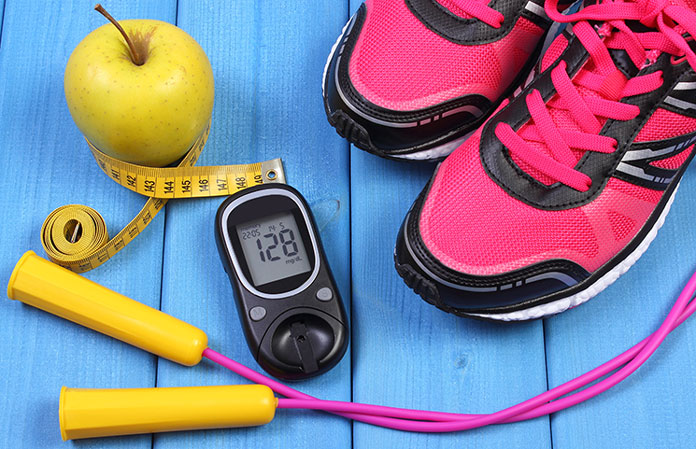You could be wondering how possible it is to use fats in order to burn fats. Well, it sounds crazy, but the real use is an interesting experiment you can try out. It doesn’t matter whether you are fit, but situations can make your body lose its fitness owing to accumulation of fats.
Burning fats sometimes sounds like a hectic exercise and most individuals find it unbearable. The question is, have you discovered the easiest ways on how you can convert the surplus fats into fuel for your body’s use?
In most cases, athletes have had various ways of burning fats and some of these ways have had excellent results. Modern nutritionists have done numerous studies on ketogenic dieting and discovered the simplest ways in which you can turn that fat into a useful commodity in your body.
This article will explain the various ways you can make that easy as well as give you tips on dieting to ensure that you have the right directions as you strive to achieve your health goals.

About Ketogenic Diet
Ketogenic dieting is simply prioritizing the foods with high fat content, low carbohydrates, and moderate protein. The food is made to allow your body to burn fats into fuels that play an important role in the body.
Ketogenic diets have been on bodybuilders and athlete’s menus for a while and they have discovered that these diets help the body in reducing weight, working on stress, reducing inflammation, improving body composition, and ensuring the insulin levels in the body are increased.
With the mentioned benefits, does it mean that the athletes looking forward to improving their athletic performances by jumping higher or running faster should take these diets just before and after their running? Not exactly. You will notice that most of the Ketogenic diets have become popular with athletes and we need to find out the science behind this increase.
There is a confusion between Ketogenic diets and diets rich in high fats and protein content. The difference comes in during metabolism. If you decide to reduce carb intake and increase the protein intake, you can easily cause health problems to your body as too much protein might be a health hazard.
In normal circumstances, the body derives its energy from the breakdown of fats or carbohydrates to get the body the right fuel to function. On the other hand, most of the protein is left to cater for other important functions of the body. The protein part is broken down in small quantities one at a time.
This means that when one ingests a lot of protein, the excess can be used to provide energy during strenuous exercises, as well as fasted training. When it comes to Ketogenic dieting, excess proteins can cause fat adaptive conditions.
Excess ingestion of proteins can result into overproduction of insulin, hence making the body to have higher insulin release. Insulin is essential when it comes to metabolism of fats. What happens when insulin is in excess? Well, the rate of fat metabolism will reduce drastically.
The fun thing with the Ketogenic diets is that they don’t overproduce insulin as many other diets do, and this has made them a choice for most people. If you consume a lot of proteins, it might make it difficult for your body to use the stored fats, hence creating a heath condition. Therefore, most of your body’s calories should come from fats during the ketogenic diet, and this will make your exercise successful.

What Does It Mean To Be Keto-Adapted?
Keto-adaptation occurs when the body switches from using carbohydrates to using the small lipids fats in the body. When the change takes effect, one might experience a sluggish body and low energy levels. This is due to adaptation and this might happen for a few weeks. Once the body fully adapts to the use of fats, one’s body resumes its normalcy and even regains more energy than before.
Therefore, when starting the keto diet, be ready to walk through these stages and the more you are patient the better the results. Not everyone will experience the same effects as the body responds to this change. You will come across individuals who will respond faster while other will respond slower. During this adaptation, you might experience a tougher time when doing your daily workouts until the body gets into a normal routine.
Some individuals might experience Keto flu, but these symptoms pass quickly so you need not worry. Balancing your electrolytes as well as monitoring your calorie intake might help to reduce the symptoms and make adaptation faster. Monitor the sodium levels in the diet and ensure it’s a well-supplied formula of sodium. The brain has been found to be faster in adapting to ketons, hence most of the prescriptions for curing epilepsy have been recommended for using ketons diet.
Options For Keto Snacks
With excellent health as your goal, there is the need to take with you a snack that is approved as the best for the keto-diet. The following snacks will be a good option for you.
- Pork Rinds
- Avocado
- Deviled Eggs
- Cheese
- Veggies
- Cold Cuts With Cream Cheese
- Pepperoni Slices
Using Fats As Fuel
In the USA, most if the food chats recommend the use of fats in the right proportions. A lot of fat is stored in the body and this fat might be inaccessible. When the body energy levels go down due to rigorous exercises, the hidden fats now can be used as fuel for the body to produce energy. Individuals who are keto-adapeted will be able reach this reservoir easily. This includes the athletes who engage in hectic training.

Keto-Adapted Benefits
Ketogenic diets are increasingly being used by athletes and this has seen them improve their muscle strength as well as increase the ability of the body to stay energetic. When using the Ketogenic diet, athletes do not sacrifice anything for strength. With the use of Ketogenic diets, decreased body fats and improved lean muscle mass have been witnessed.
There are still many questions surrounding the ketogenic diet and reduction of carbohydrates intake. Will this reduction cause problems with other body functions? More research is underway to define these factors and get the right aspects on the dieting and health.









